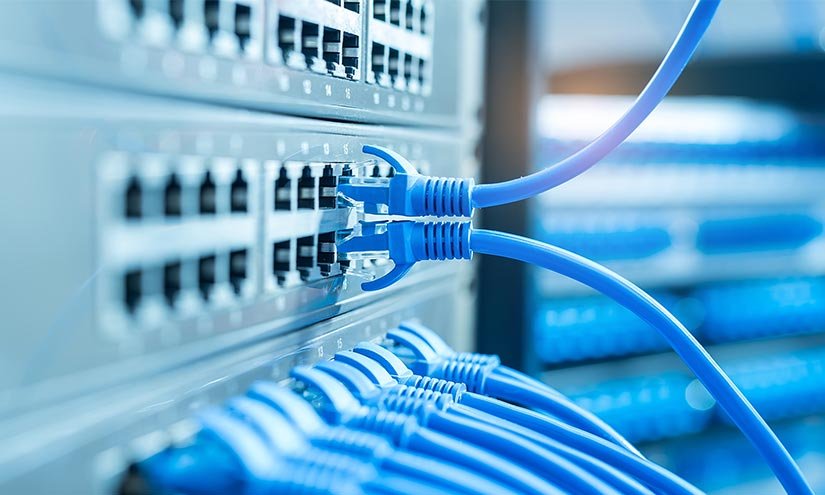
In this post, we will teach you how to pick network switches for your home network. We’ll go over the reasons why a network switch is important and what features they typically offer.
You can then use these tips to choose a network switch that fits your needs!
What is Network Switch ?
A network switch is a device that connects devices together on a network. It allows multiple devices to connect to each other and share resources like an internet connection or printer.
Switches come in many different sizes, depending on how many ports they have. A port is the place where you plug in a device like a computer or router.
Why you Need Network Switch ?
There are several reasons why you might want to add a network switch to your home network. Perhaps you have more than one device that needs to connect to the network, but only one place where you can plug it in.
That’s when a network switch comes in handy because it will allow all of your devices to be plugged into that single port on your router or modem.
1: Number of Ports: the first and import thing to consider when buying network switch is how many ports it has.
For home use, you’ll probably want at least four to five different ports so that you can connect all of your devices.
2: Performance: if speed and bandwidth are important factors in choosing network switches for your network, then consider getting one with gigabit capabilities .
They transfer data up to 1000Mbps or one gigabit, which is much faster than traditional network switches.
3: Compatibility: when buying network switch, you’ll want to make sure that it’s compatible with your router and/or existing network devices.
Most network switches are designed for compatibility across multiple brands so don’t worry about having too many options!
4: Managed Vs Unmanaged Switch: network switches come in two different types: managed and unmanaged. Managed network switches offer more features and capabilities than unmanaged switches, such as being able to monitor network traffic or setting up VLANs . If you’re looking for a switch with more bells and whistles, go for a managed switch.
5: Gigabit Vs Fast Ethernet: as we mentioned earlier, there are two different types of network speeds: gigabit and Fast Ethernet. Gigabit switches offer faster speeds than Fast Ethernet switches, so if you’re looking to future-proof your network or have a lot of bandwidth-intensive devices, go for a gigabit switch.
6: Energy Efficiency: network switches can also come with energy-efficiency features like auto power down and low-power modes. This will help you save on your energy bill while still having a powerful network switch!
Conclusion:
We hope this post has helped teach you more about network switches and given you the information you need to choose the right one for your home network. As always, if you have any questions, feel free to reach out to us!
